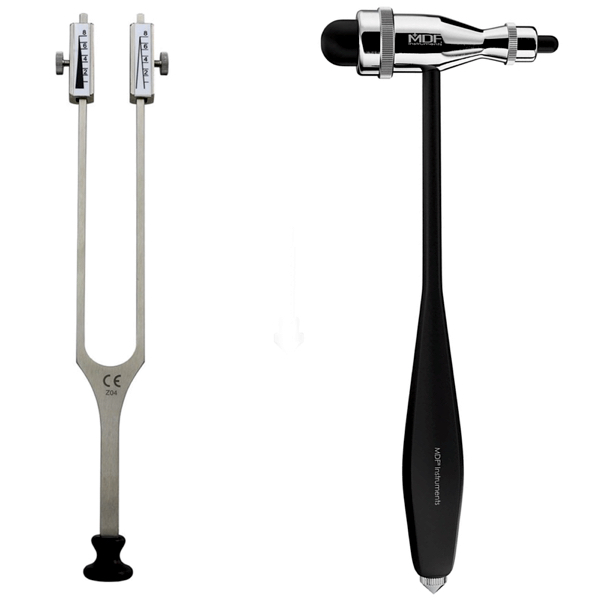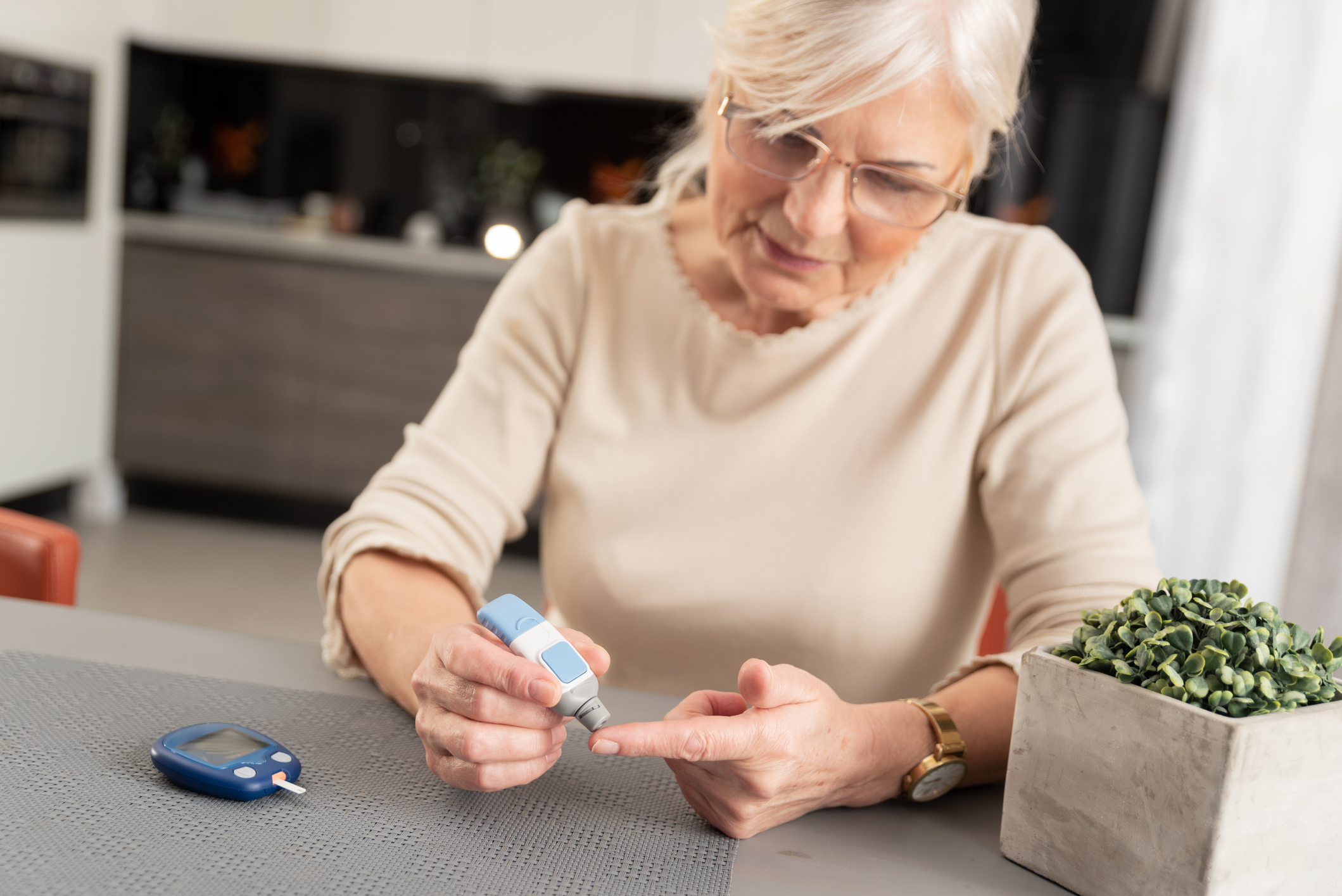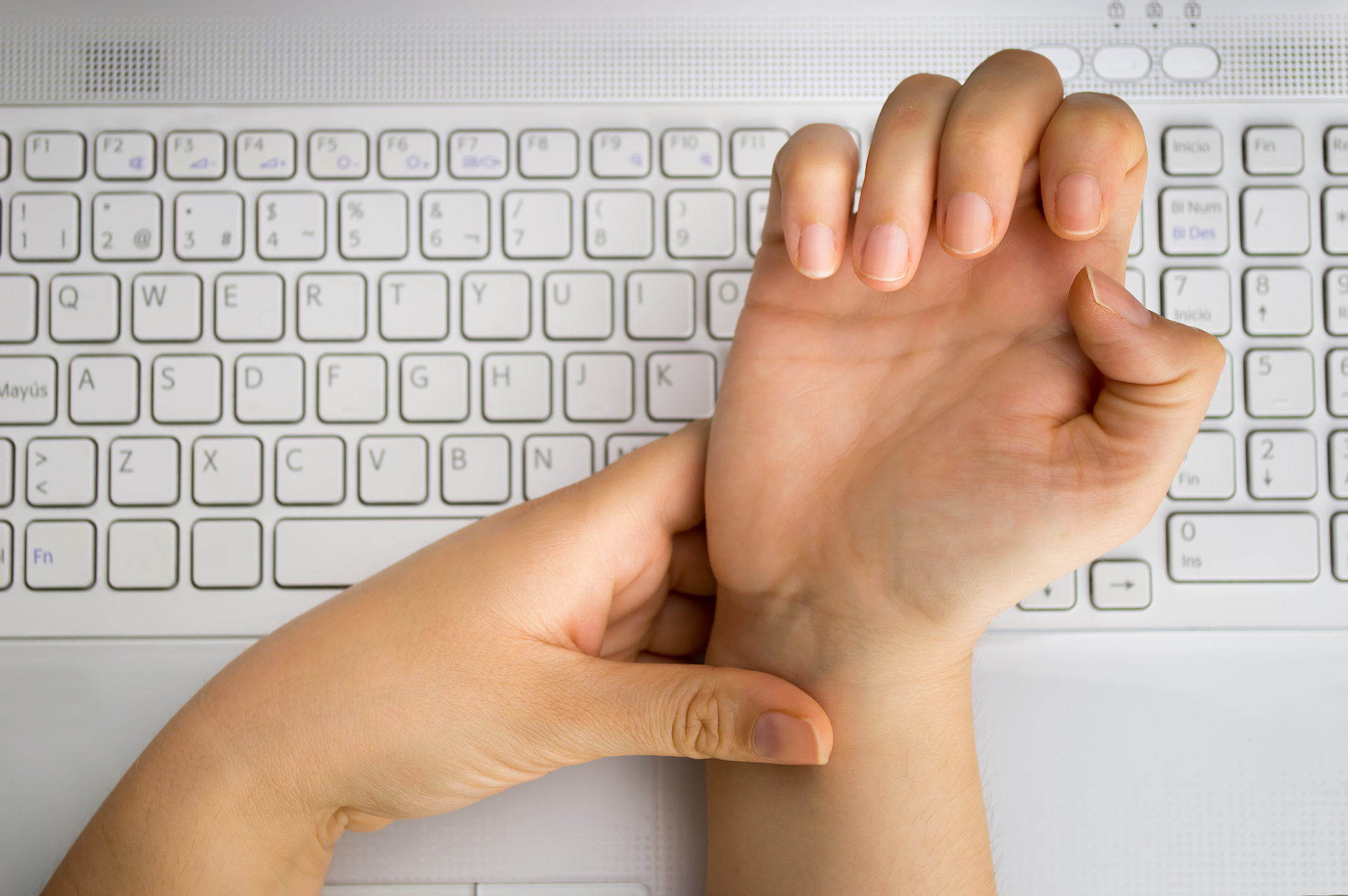Carpal tunnel syndrome (CTS) occurs when the median nerve, which runs from the forearm into the palm of the hand, becomes pressed or squeezed at the wrist. The carpal tunnel—a narrow, rigid passageway of ligament and bones at the base of the hand—houses the median nerve and the tendons that bend the fingers. The median nerve provides feeling to the palm side of the thumb and to the index, middle, and part of the ring fingers (although not the little finger). It also controls some small muscles at the base of the thumb. Sometimes, thickening from the lining of irritated tendons or other swelling narrows the tunnel and compresses the median nerve. The result may be numbness, weakness, or sometimes pain in the hand and wrist (some people may feel pain in the forearm and arm). CTS is the most common and widely known of the entrapment neuropathies, in which one of the body’s peripheral nerves is pressed on or squeezed.
Symptoms
- Frequent numbness or tingling in the fingers, especially the thumb and the index and middle fingers.
- Fingers feel useless and swollen, even though little or no swelling is apparent.
- Feeling the need to “shake out” the hand or wrist.
- Hand weakness, difficulty in grasping small objects or perform other manual tasks, difficulty in determining between hot and cold by touch.
Causes
Carpal tunnel syndrome is often the result of a combination of factors that increase pressure on the median nerve and tendons in the carpal tunnel, rather than a problem with the nerve itself. Contributing factors include trauma or injury to the wrist that cause swelling, such as sprain or fracture; an overactive pituitary gland; an underactive thyroid gland; and rheumatoid arthritis. Other factors that may contribute to the compression include mechanical problems in the wrist joint, repeated use of vibrating hand tools, fluid retention during pregnancy or menopause, or the development of a cyst or tumor in the canal. Often, no single cause can be identified.
TREATMENTS
Non-surgical treatments
- Splinting. Initial treatment is usually a splint worn at night.
- Avoiding activities that provoke symptoms. Takeing frequent breaks from tasks, to rest the hand, and applying cool packs.
- Over-the-counter drugs. Nonsteroidal anti-inflammatory drugs (NSAIDs), such as aspirin, ibuprofen, and other nonprescription pain relievers, may provide some short-term relief.
- Prescription medicines. Corticosteroids (such as prednisone) or the drug lidocaine can be injected directly into the wrist or taken by mouth (in the case of prednisone) to relieve pressure on the median nerve in people with mild or intermittent symptoms.
- Alternative therapies. Acupuncture and chiropractic care have benefited some individuals but their effectiveness remains unproved. An exception is yoga, which has been shown to reduce pain and improve grip strength among those with CTS.
Surgery
Carpal tunnel release is one of the most common surgical procedures in the United States. Generally, surgery involves severing a ligament around the wrist to reduce pressure on the median nerve. Surgery is usually done under local anesthesia and does not require an overnight hospital stay.
- Open release surgery, the traditional procedure used to correct carpal tunnel syndrome, consists of making an incision up to 2 inches in the wrist and then cutting the carpal ligament to enlarge the carpal tunnel.
- Endoscopic surgery may allow somewhat faster functional recovery and less postoperative discomfort than traditional open release surgery but it may also have a higher risk of complications and the need for additional surgery. The surgeon makes small incisions in the wrist and palm, inserts a camera, observes the nerve, ligament, and tendons, and cuts the carpal ligament with a small knife. Following the surgery, the ligaments usually grow back together. Most people need to modify work activity for several weeks following surgery, and some people may need to adjust job duties or even change jobs after recovery from surgery..
Recurrence of carpal tunnel syndrome following treatment is rare. Less than half of individuals report their hand(s) feeling completely normal following surgery. Some residual numbness or weakness is common..
Resources:
Diabetic Neuropathy
Diabetic neuropathy is a serious and common complication of type 1 and type 2 diabetes. It’s a type of nerve damage caused by long-term high blood sugar levels. The condition usually develops slowly, sometimes over the course of several decades.
Neck Pain
Neck pain can be caused by a number of factors, including muscle or ligament strains, arthritis, or a “pinched” nerve (when a nerve is irritated by something pressing on it).
Lower Back Pain
Low back pain is very common. More than 80 percent of people have at least one episode of low back pain during their lifetime. Although back pain usually does not represent a serious medical problem and most often resolves on its own, it can be frustrating when pain interferes with daily life.
Carpal Tunnel Syndrome
Carpal tunnel syndrome (CTS) occurs when the median nerve, which runs from the forearm into the palm of the hand, becomes pressed or squeezed at the wrist. The carpal tunnel—a narrow, rigid passageway of ligament and bones at the base of the hand—houses the median nerve and the tendons that bend the fingers.
Peripheral Neuropathy
Peripheral neuropathy refers to the many conditions that involve damage to the peripheral nervous system, the vast communication network that sends signals between the central nervous system (the brain and spinal cord) and all other parts of the body.





